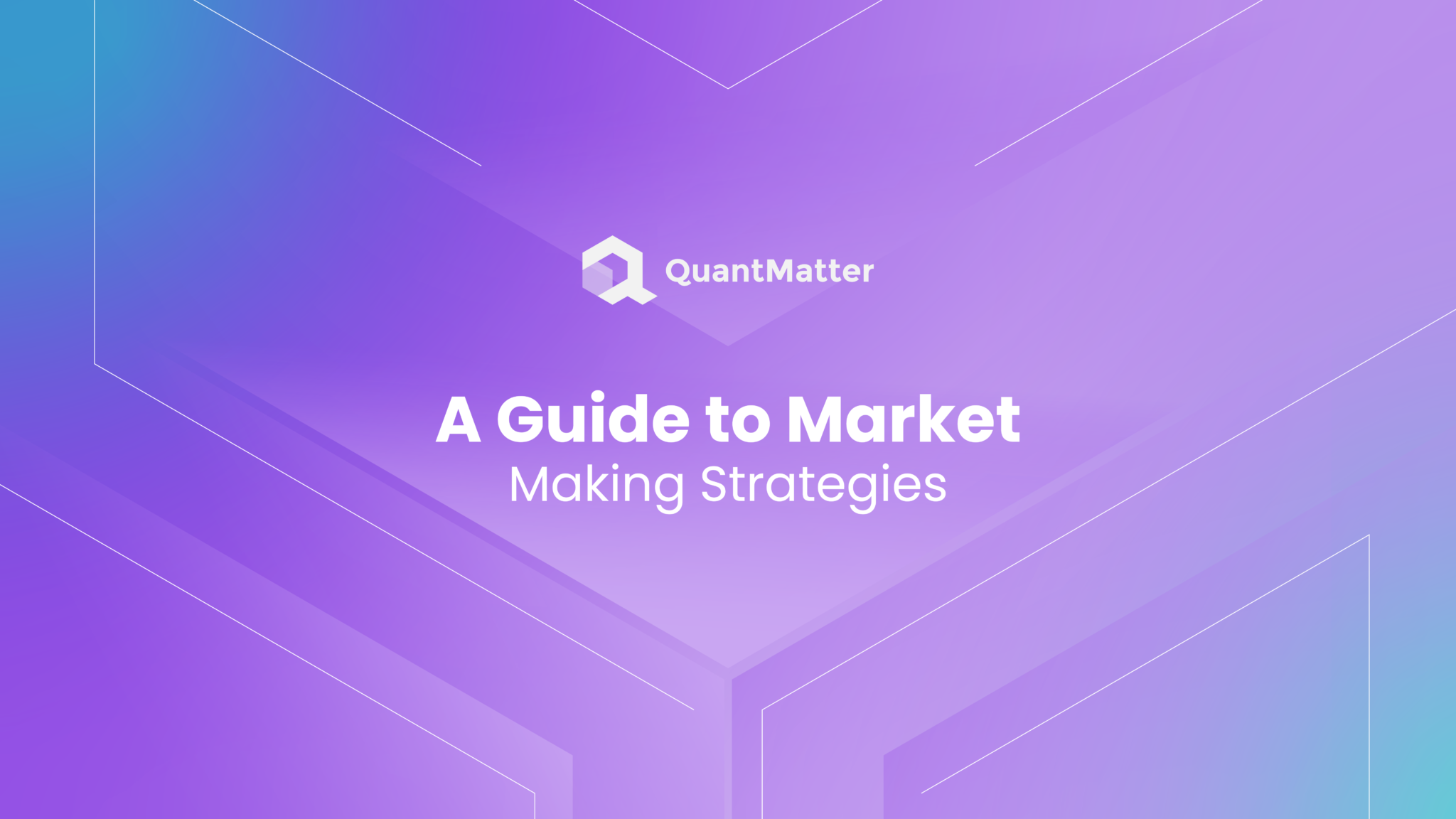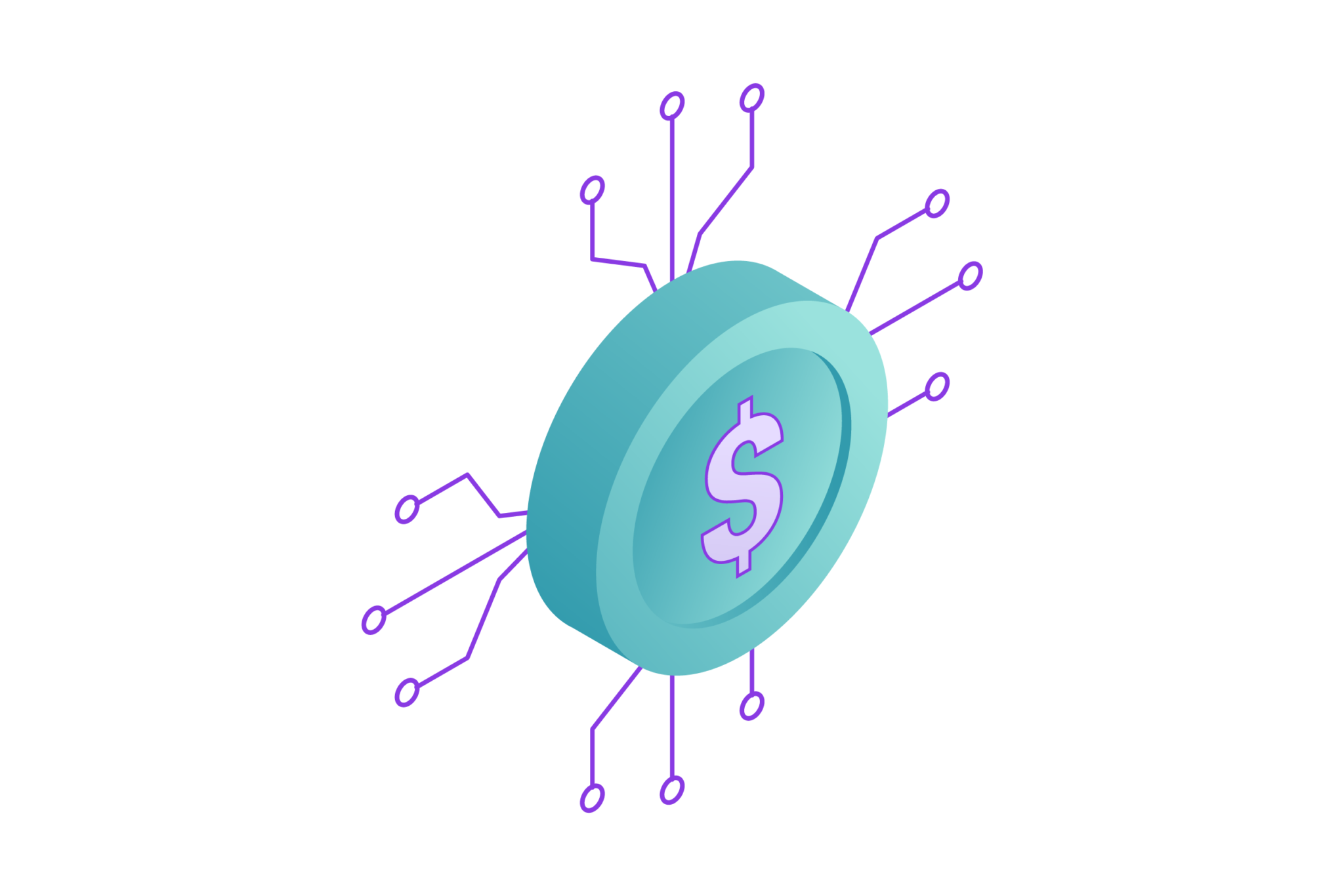
Market making is when individuals or companies help trading run smoothly by offering to buy and sell assets at all times. This keeps the market active and efficient for everyone. When lots of trading happens and asset prices change quickly, it’s vital to keep the market stable. Market makers play a key role here. They help prevent big price swings by keeping prices steady through their actions.
This article will explain what market making is and how it works. You’ll discover why it’s so important for the financial market. Let’s dive in!
What is Market Making?

Market makers are essential for exchanges to keep their operations running smoothly. This role is crucial in financial markets. Without market makers, trading activity in the market would slow significantly. This is why market makers are a vital part of how markets work. And their importance is projected to continue as long as people trade financial assets.
Market making’s main goal is to add liquidity. It’s a trading strategy used for assets on exchanges. Two key aspects of market making are the difference between buy and sell prices (bid-ask spread) and the amount of trading. This process boosts market liquidity, which is why it’s called market making.
Also Read: Market Maker Options: Definition and How They Make Money
Financial markets can be unpredictable, with periods of high ups and downs or low trading. During these times, finding buyers or sellers for a specific asset might be tough. Market makers step in by offering to buy and sell the asset at different prices. This creates a continuous market and lets trades happen even when the market is challenging.
As technology and trading practices evolve, the methodologies employed by market makers are likely to transform as well. However, their intrinsic role in preserving market stability and sustaining the ebb and flow of trade is expected to remain an indispensable cornerstone of the financial landscape.
Strategies and Methods of Market Making

Market making involves a delicate balancing act between risk and reward. Market makers earn profits from the difference between the buy and sell prices, known as the bid-ask spread. However, they also expose themselves to various risks, including price fluctuations and order execution risk. To mitigate these risks and maximize their profitability, market makers employ various strategies:
Statistical Arbitrage
Statistical arbitrage is a method used by market makers to take advantage of statistical patterns and relationships between different financial instruments. It’s a strategy that aims to profit from small price discrepancies that might occur temporarily between related assets. This method relies heavily on quantitative analysis and mathematical models.
This strategy involves leveraging statistical models and algorithms to identify price discrepancies or anomalies between related assets. Market makers can then execute trades to profit from these temporary imbalances.
High-Frequency Trading (HFT)
High-Frequency Trading (HFT) is a modern and technologically advanced method of market making. It involves the use of powerful computers and algorithms to execute a large number of trades in fractions of a second. HFT strategies capitalize on tiny price movements and short-lived opportunities, aiming to make profits from these rapid transactions.
HFT is a subset of market making that involves executing a large number of trades in a very short period of time. Advanced algorithms and high-speed data connections are used to identify and capitalize on fleeting market opportunities.
Delta-Neutral Strategy
A Delta-Neutral Strategy is a method used by market makers to manage risk and maintain a balanced portfolio of options or other derivatives. It involves adjusting positions to ensure that the overall risk exposure, represented by the option’s delta, remains close to zero. This approach is particularly common in options and derivatives trading.
In this approach, market makers adjust their positions to maintain a delta-neutral stance. This means they balance their exposure to price movements by holding offsetting positions in related assets or derivatives.
Inventory Management
Inventory management is a crucial aspect of market making, involving the careful monitoring and control of the assets a market maker holds. It’s all about efficiently managing the stocks of financial instruments that a market maker buys and sells. Effective inventory management ensures that the market maker can meet customer demands, maintain liquidity, and mitigate risks.
Market makers need to manage their inventory of assets to ensure they have enough liquidity to fulfill orders. They might adjust their inventory based on market trends and demand.
Market Making in Modern Finance

The importance of market makers cannot be overestimated because they are an integral part of any financial market where electronic trading in financial instruments takes place. By providing liquidity, market makers play the role of a foundation on which the market is based and on which its stability depends. Market making plays a crucial role in maintaining market efficiency and stability. Here’s why:
Maintaining Supply and Demand (Liquidity)
Thanks to the presence of market makers, any participant has the opportunity to buy or sell any financial asset in the right volume at market prices. There are cases when the sentiment of buyers or sellers is either not defined or is defined almost unambiguously. In the first case, supply and demand will be poorly defined; the number of bids to buy or sell will be small, and the spread between the best prices can be drastically high.
In the second case, when the market sentiment is unambiguous, it could be that there are no buyers or sellers in the market at all. The presence of the market maker helps to maintain liquidity, which allows any participant in the trades to always find a buyer or seller.
Maintaining Price Stability
The presence of market makers allows you to maintain the relative stability of financial assets and prevent sudden changes in their value. As we said before, there are times when the sentiment of buyers or sellers is either undecided or almost unambiguous.
Also Read: Market Making: Strategies and Techniques (August 2024)
In the first case, most buyers will seek lower prices, and sellers will place bids much higher than in the last transaction. In the second case, there may be no bids to buy or sell on the market at all. The presence of a market maker allows any participant at any time to find a buyer or a seller and, with the price, always be close to the previous deal. In this way, market makers maintain price stability.
Maintaining Trading Volume
Market makers provide liquidity and price stability. Consequently, it is less likely that transactions in the market will stop due to the inability to buy or sell a financial instrument. Due to this, trade turnover (or volume) is also supported.
High trading volume allows market participants to buy or sell large amounts of assets, whether common stocks, crypto, or Forex currencies, at market prices. This, in turn, makes an exchange or broker attractive to traders and investors, who are usually guided by the trading volume before deciding whether to invest.
Conclusion
Market making is a complex yet crucial element of financial markets, supporting their smooth operation and efficiency. Through offering liquidity, managing risks, and aiding price discovery, market makers substantially contribute to the strength and effectiveness of global financial systems. While technological advancements may reshape market maker methods, their fundamental role in upholding market stability will remain paramount.
The financial market wouldn’t be conceivable without market making. It ensures overall market stability, averting substantial losses due to high price swings. Market makers’ efforts also maintain essential liquidity levels, lessening the risk of wide spreads and trading slippage.
Disclaimer: The information provided by Quant Matter in this article is intended for general informational purposes and does not reflect the company’s opinion. It is not intended as investment advice or a recommendation. Readers are strongly advised to conduct their own thorough research and consult with a qualified financial advisor before making any financial decisions.

I craft stories that make complex ideas clear. I simplify the blend of data science, machine learning, and crypto trading, showcasing how advanced tech and quantitative models analyze data for informed trading choices. Join me in exploring the realm of quantitative trading, where my narratives make intricate concepts easy to grasp.
- Alifia Berizkyhttps://quantmatter.com/author/alifia-berizky/
- Alifia Berizkyhttps://quantmatter.com/author/alifia-berizky/
- Alifia Berizkyhttps://quantmatter.com/author/alifia-berizky/
- Alifia Berizkyhttps://quantmatter.com/author/alifia-berizky/
